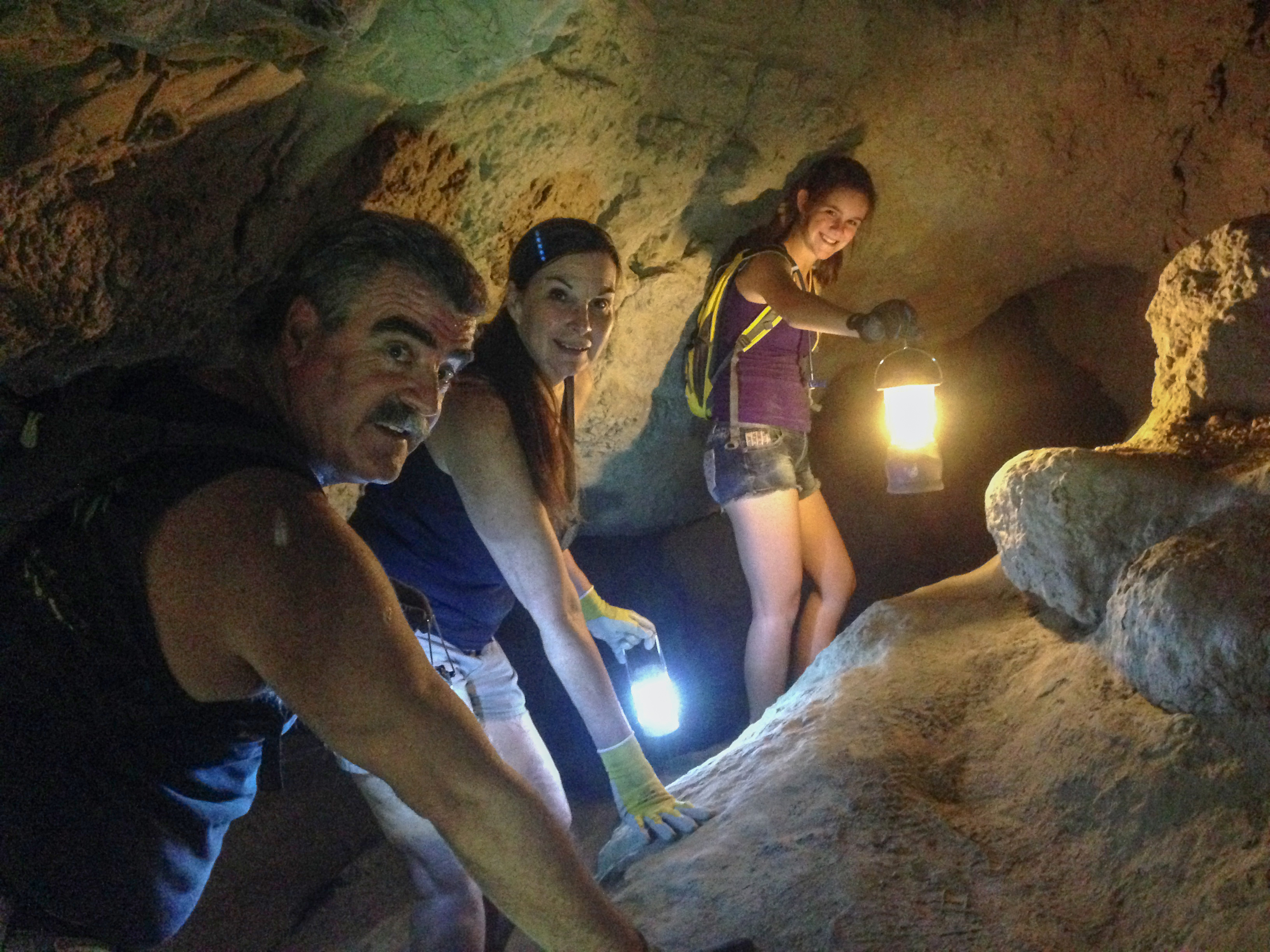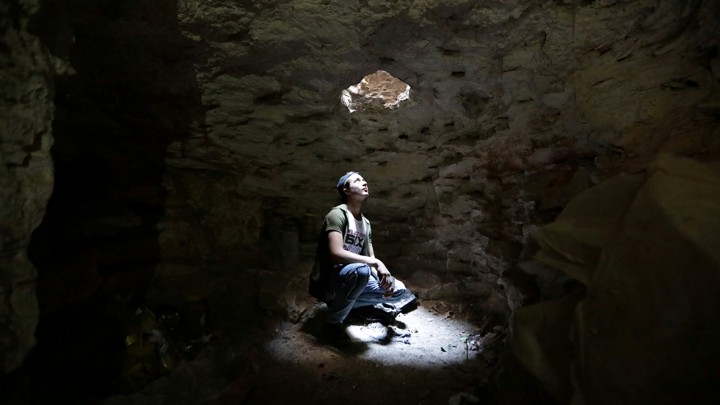

Johan Francois, a maths teacher and sailing instructor, ran 10,000-metre circles in the cave to stay fit. One team member estimated the time underground at 23 days. So, who knows-maybe its eyes will grow back again.Members of the team meet to discuss their experiences. “Again, if these costly structures aren’t needed in the dark, we hypothesize that they will grow smaller over generations,” he says.Īs for the Mexican blind cavefish, it's recently surfaced as a popular aquarium pet.

Many cave insects and other invertebrates have large eyes, for instance. (Also see " Dive Into ‘Infinity’ With Dizzying Views of A Colossal Cave.") “We expect this energy saving to be a general feature of eyeless animals in caves," Moran says. The Eyes Don't Have ItĬlues gleaned from the fast-evolving fish species may help to explain eye loss in a host of other cave dwellers, such as spiders and crabs.

#Into the lost caves drivers#
In fact, Moran says, the evidence suggests both pleiotrophy and energy savings are major drivers in the cavefish eye loss. One such process in Mexican blind cavefish is a phenomenon called pleiotropy, in which genes usually involved in eye development are reassigned to features more useful to life in caves, such as increased numbers of taste cells for finding food in the dark. “Evolution is often a mixture of many processes happening simultaneously,” he says. (See " Blind Cavefish Can Produce Sighted Offspring.") “Genetic studies show that about a dozen eye genes are mutated in Astyanax cavefish, and different genes are mutated in different cavefish populations, suggesting multiple driving factors,” Jeffery says. Genetic Mutationsįurthermore, past research suggests that other factors must also be at work. The expensive tissue hypothesis “has not been tested directly before, or as elegantly as done here,” says William Jeffery, a biologist at the University of Maryland, College Park who wasn’t involved in the research.īut while the new study “confirms the feasibility” of this eye-loss theory, “it doesn’t provide compelling evidence,” he writes in an email.įor one thing, Jeffery says, it's unknown how the evolutionary pressure to save energy actually tampers with the fish's vision. Would you see very well in a deep, dark cave? Cave shrimp and cave fish don't…because they don't have eyes.Įnergy-saving eye loss, or the expensive tissue hypothesis, is one of a number of theories to explain why sighted animals that took up life inside caves evolved to be blind. These omnivorous fish compensate for lack of vision by eating just about anything they can find, including scavenging dead animals and plants. (Also see " Watch: Cave-Climbing Fish Found-Is It Evolution in Action?") mexicanus have a significantly smaller midbrain, the part that deals with vision.

Indeed, the findings also show that blind A. “Any animal that lives in permanent darkness and doesn’t need vision to find food or avoid predators won’t really need their eyes or visual centers in the brain,” adds Moran, currently a researcher at Seafood Technologies Group, Nelson, New Zealand. Hungry Eyesĭamian Moran, who led the study, says vision is costly because “of energy-hungry photoreceptive cells and neurons.”Īs underground caves are often poor in food and oxygen, natural selection “would favor individuals with reduced visual capacity,” he says. The results, published September 11 in the journal Science Advances, showed that for young, developing fish, the energy cost of sight is 15 percent greater than if they were blind. They did this by calculating the oxygen consumption of their eyes and vision-related parts of their brain.
#Into the lost caves cracked#
The researchers cracked the puzzle by looking at members of the same fish species that live aboveground, in rivers of Texas and Mexico, and which have perfect vision.įor the study, the team acquired captive cavefish and measured the energy cost of their sight. ( Read more about this peculiar fish on our freshwater blog.) With food so scarce in caves, the animals have to save their energy-and being sightless gives them a major boost, according to a team from Sweden's Lund University. Now scientists may have solved the riddle of why the fish lost their eyes in the dark. Few animals have ignored the warning “use it or lose it” as spectacularly as the Mexican blind cavefish ( Astyanax mexicanus), which no longer has eyes.


 0 kommentar(er)
0 kommentar(er)
